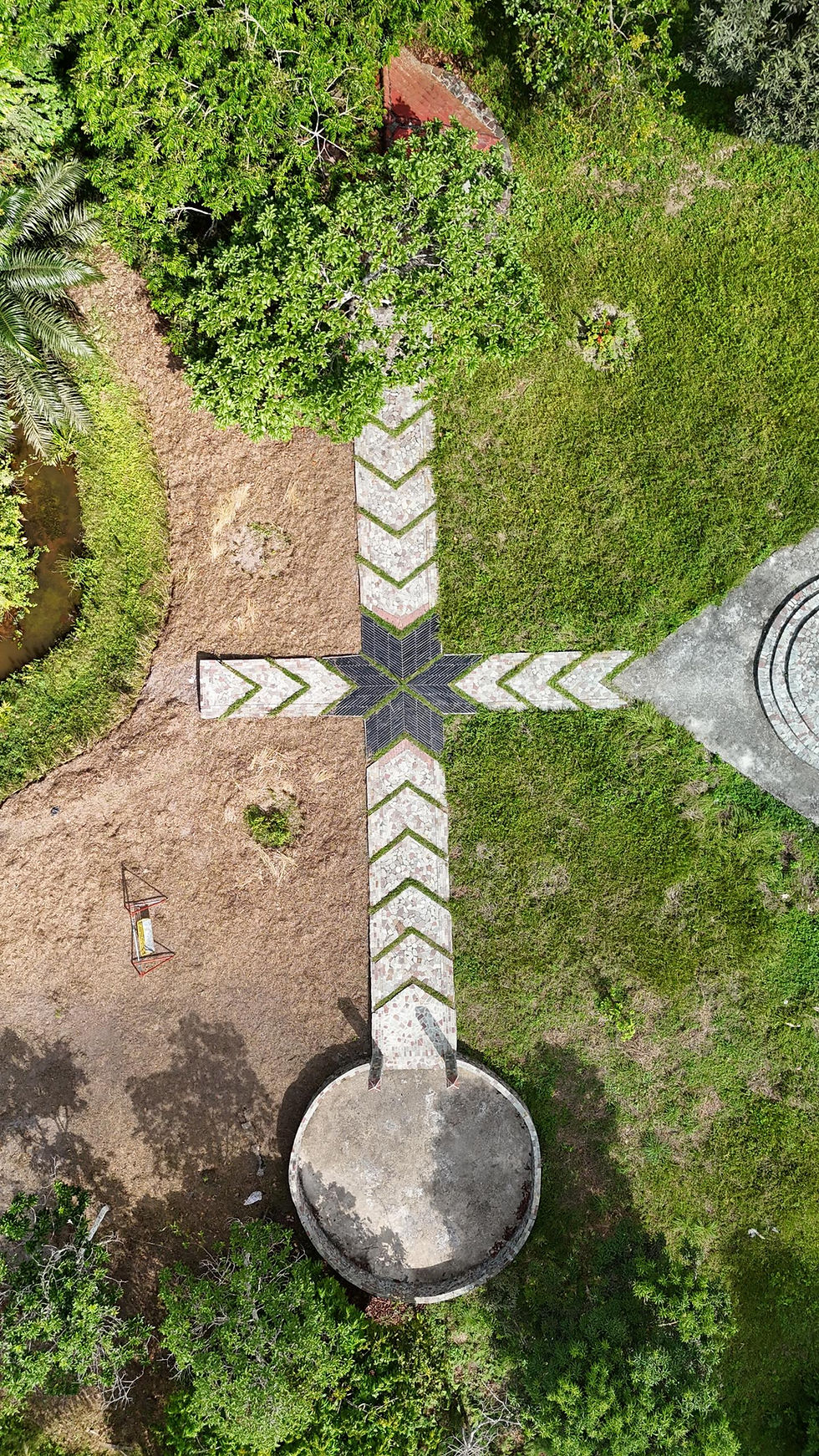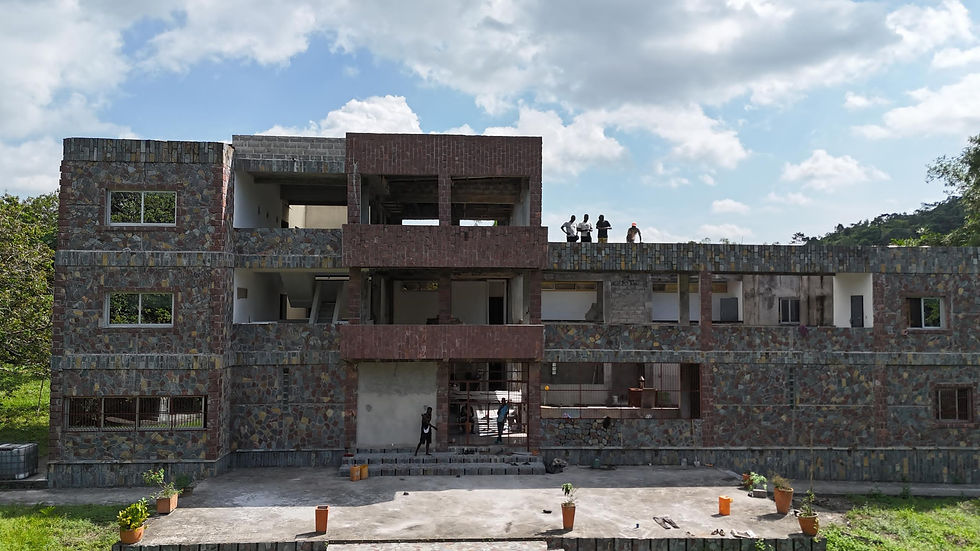Reclaiming History, Planting Memory: The Roots of the Matatchebo Project
- Matatchebo

- Jul 27
- 2 min read
Updated: Sep 15
History is not just told, it is lived, remembered, and planted.

On the historic shores of Loango Bay, a sacred path once echoed with the sorrow of millions. It was here, along the slave routes of the Kingdom of Kongo, that countless men and women were marched toward ships that would carry them into bondage across the Atlantic. Today, those very paths are lined with centuries-old mango trees, silent witnesses to unspeakable pain and unrecorded courage.
In 2019, retired state inspector Dominique Batota Kissala, father of five and decorated servant of the Congolese state, stood before these trees and saw a fading memory in crisis.
“On November 27 and 28, 2019, I made a sad observation about the condition of the centuries-old mango trees lining the three old tracks in Loango Bay… all attacked by the mango kernel weevil. It was to save these dying trees… and to perpetuate the memory of the millions of deportees from Loango Bay that a deep calling inspired me to launch the Matatchebo project.”
Thus, Matatchebo was born—, n initiative rooted in remembrance and resilience. It is a mission to preserve history by planting hope, restoring both the sacred trees and the dignity of forgotten stories.


Leading experts like Arsène Francoeur Nganga, a historian of the Kingdom of Kongo and the transatlantic slave trade, have walked these trails too. His work reclaims the lost voices of Central Africa, bringing academic depth and cultural reverence to the mission:
“He takes us along one of the slave routes of Central Africa,” sharing the history that textbooks have overlooked and communities are now working to restore.
At Matatchebo, we believe memory can grow. Every tree we plant along these ancestral paths becomes a living archive, a place where descendants and allies can gather, reflect, and rebuild a future rooted in justice, connection, and healing.


Comments